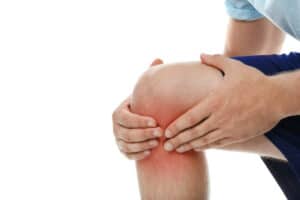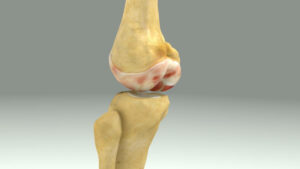Free download: Top 10 Natural & Easy Remedies for Joint Pain from Home. Learn these helpful remedies.
Estimated Reading Time: 5 minutes read
The knee is a highly sophisticated joint intricately designed to handle the body’s movement and weight. Despite its complexity, it can produce unusual noises like crunching or grinding sounds. You might find this unsettling, but more often than not, it’s just a regular aspect of knee functionality.
However, there are instances when this crunching noise intensifies or indicates a more significant issue. In such cases, there are certain steps you can take to mitigate the sound and ensure your knees’ well-being.
Table of Contents
Cause of Crunching Sound in Knees
The crunching sound in your knee, medically known as crepitus, can stem from a variety of causes:
- The roughness of the surfaces inside the joint.
- Small gas bubbles in the joint fluid popping.
- Tendons and ligaments tighten as you move.
- Degeneration of the knee joint due to conditions like arthritis.
- Friction from the kneecap rubbing against the other parts of the knee joint.
- Presence of a knee injury or tear.
These are some of the common reasons behind the knee making crunching noises.
When is a Crunching Sound in the Knee Serious?
The crunching sound in your knee, also known as crepitus, is a common occurrence, and often, it’s nothing that should cause concern. It might happen every now and then due to natural processes within the knee joint. You may notice this sound when you bend your knee or climb stairs. The good news is that if there’s no pain or swelling, it’s usually not a cause for worry.
However, if other symptoms accompany this noise, it might be time to consult a healthcare professional. If the crunching sound in your knee comes along with any of the following, you should consider getting it checked:
- Pain or discomfort in the knee
- Swelling in or around the knee
- Difficulty in moving your knee or reduced range of motion
- Any other unusual feelings or symptoms in your knee
In these cases, the crunching sound might signal something more serious in your knee, such as an injury or a degenerative condition. It’s always wise to seek medical advice when these symptoms arise.
How Can You Treat the Crunching Sound in Your Knee?
While you can’t always get rid of the crunching sound, strengthening the muscles around your knee can provide better support to the joint. This can lessen the noise and help your knee stay strong and healthy. Here are some exercises that can help:
1. Quad Sets
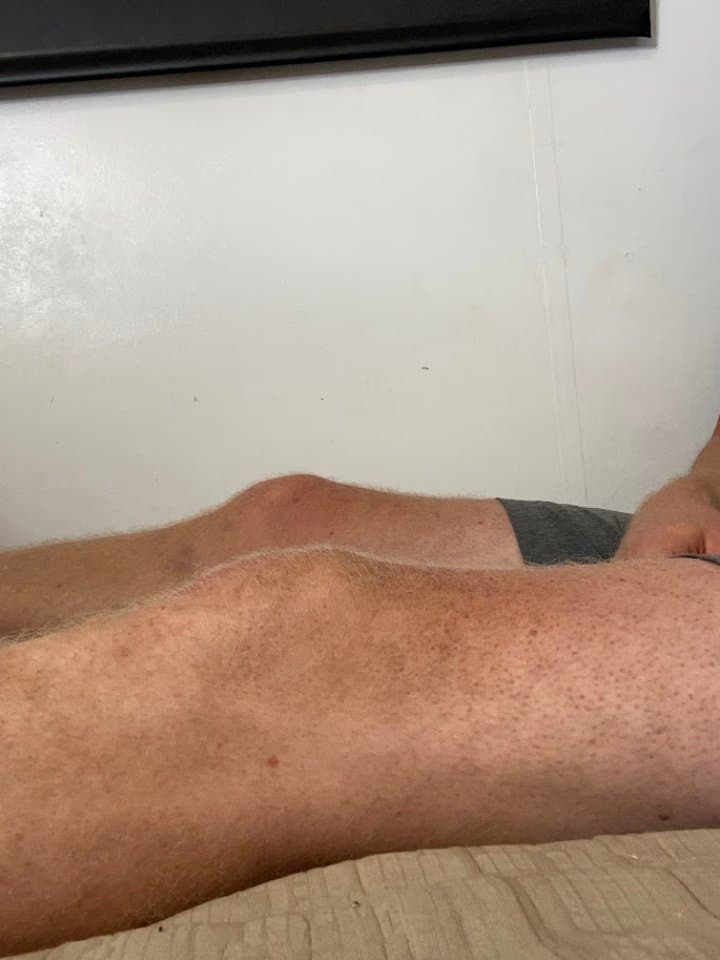
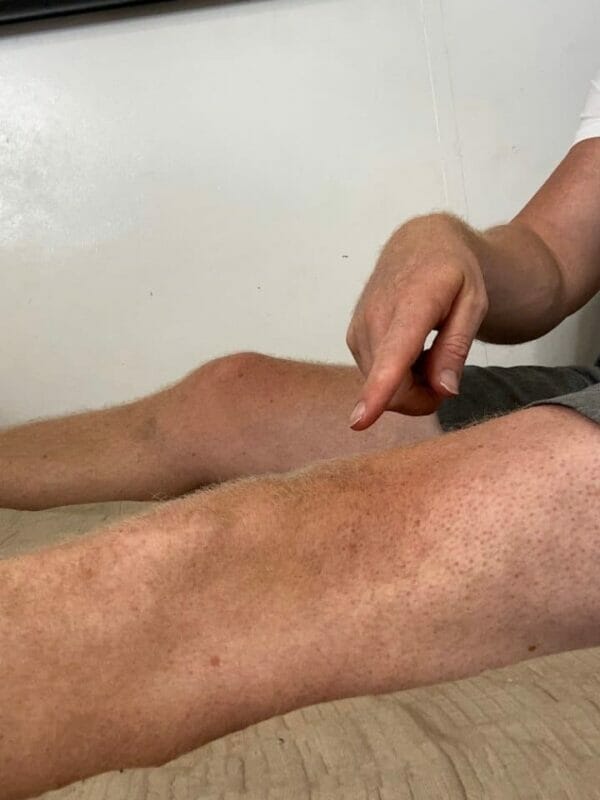
- Starting position: Seated with the injured leg stretched in front of you (can be on the floor, couch, or bed).
- Squeeze the quadriceps (the muscles on the top of the thigh) and try to press the back of the injured knee down toward the surface.
- Hold for 5 seconds, then relax.
- Repeat 10 repetitions for 2 sets.
2. Full Leg Lifts
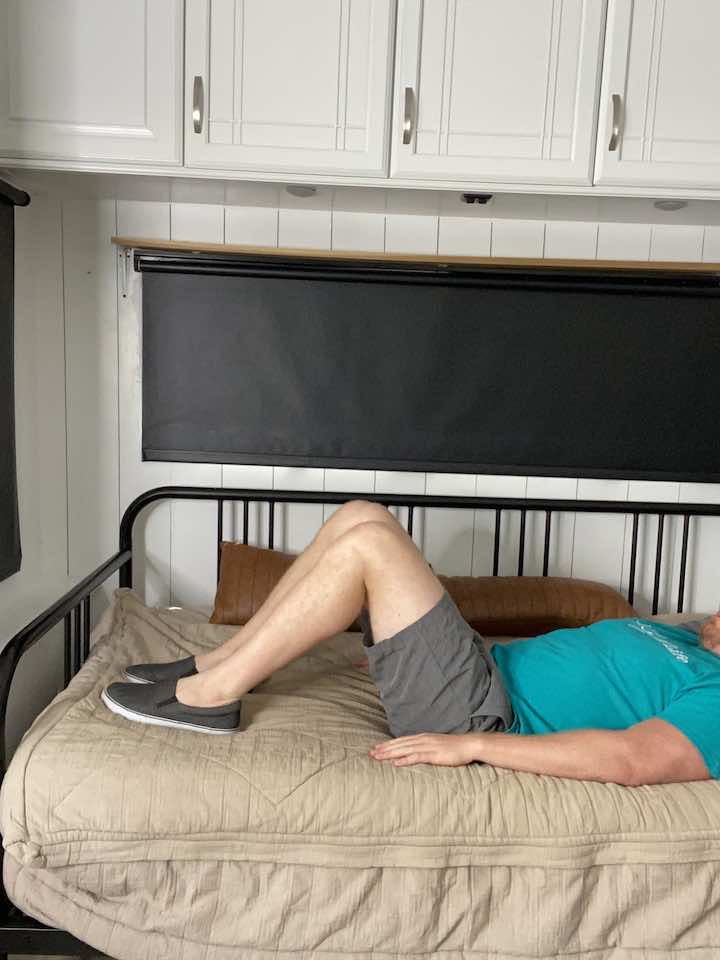
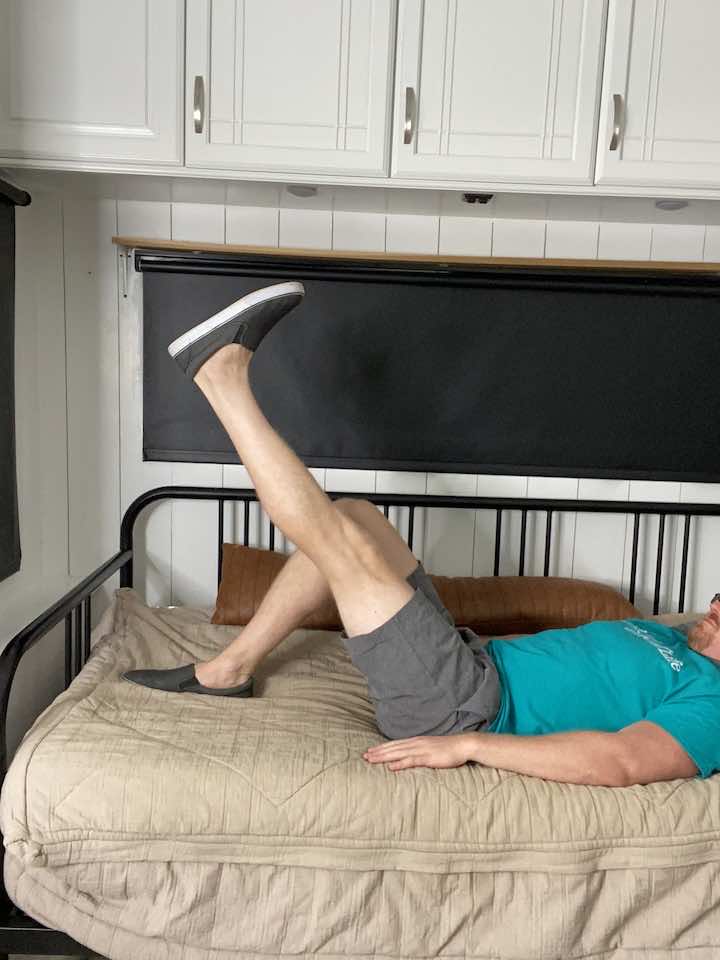
- Lie on your back with one leg bent and the other leg straight and together.
- Lift your straight leg up towards the ceiling, raising your buttocks off the floor.
- Slowly lower your leg back down, stopping just above the floor. Hold for 5 seconds briefly.
- Repeat the movement for 10 repetitions and 3 sets.
3. Long Arc Quad
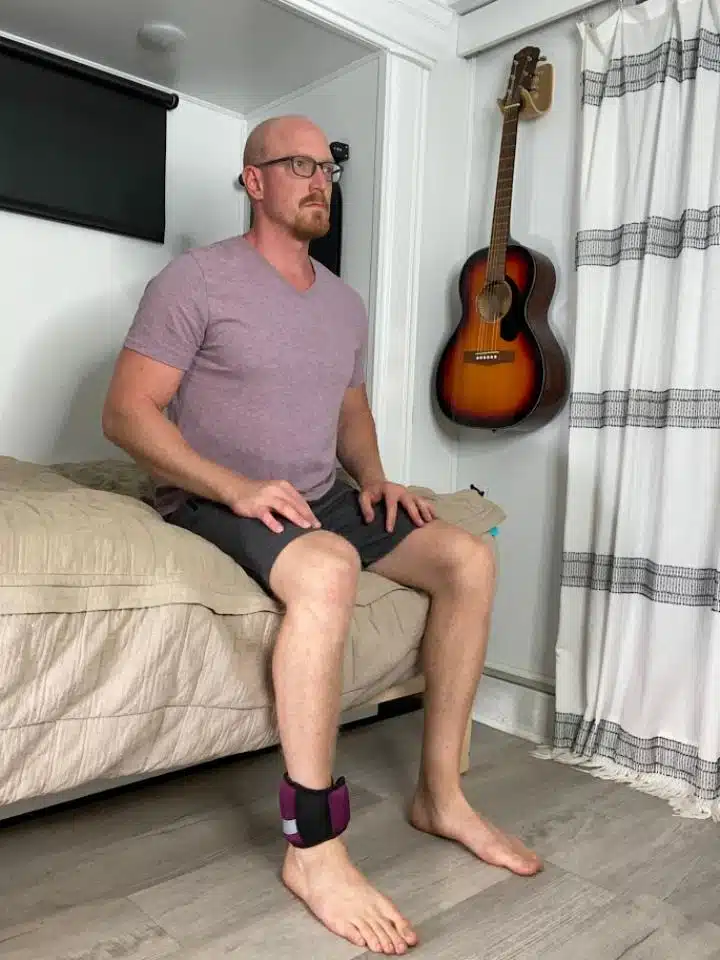
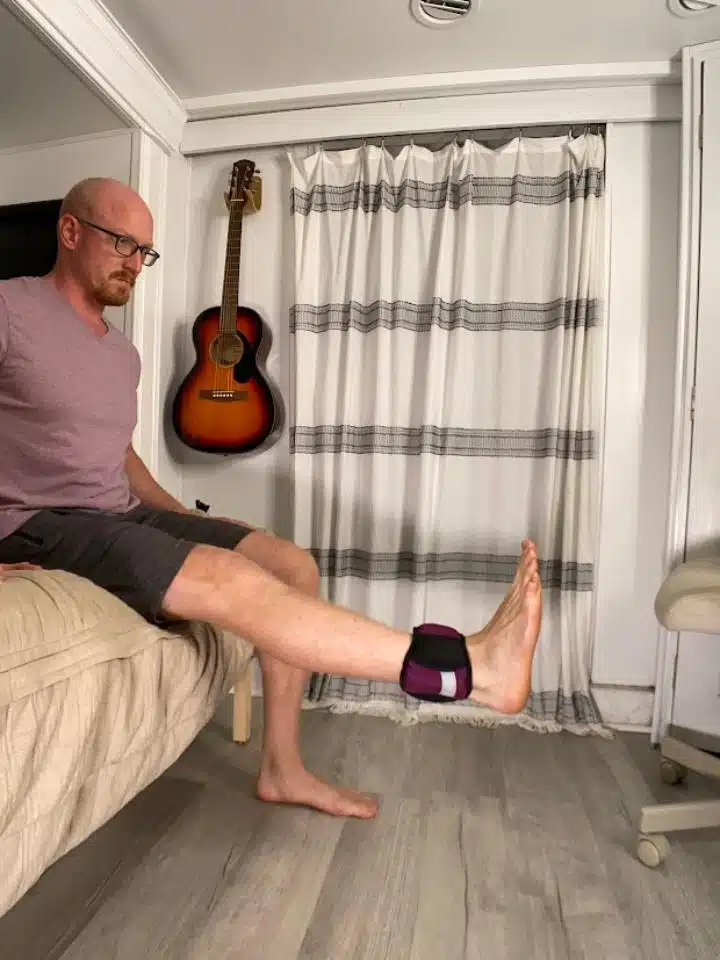
- You can perform this at home using an ankle weight (2-5 lb., as tolerated) or a resistance band tied around the ankles (light, medium, or heavy resistance).
- Begin seated in a chair with the feet flat on the floor.
- Kick the foot up off the floor and allow the knee to straighten fully.
- Hold for 2 seconds, then slowly return to your starting position.
- Repeat 10 repetitions for 3 sets.
- Perform on the opposite leg for even symmetry.
4. Standing Hip Lifts


- Stand tall with one hand placed on a bed or chair. Balance on your left leg, keeping a soft bend in your knee to keep from locking out.
- Leading with your heel, lift your right leg out to the side. Be sure to avoid leaning to the left.
- Repeat 10 times per leg for 3 sets.
5. Standing Hip Extension
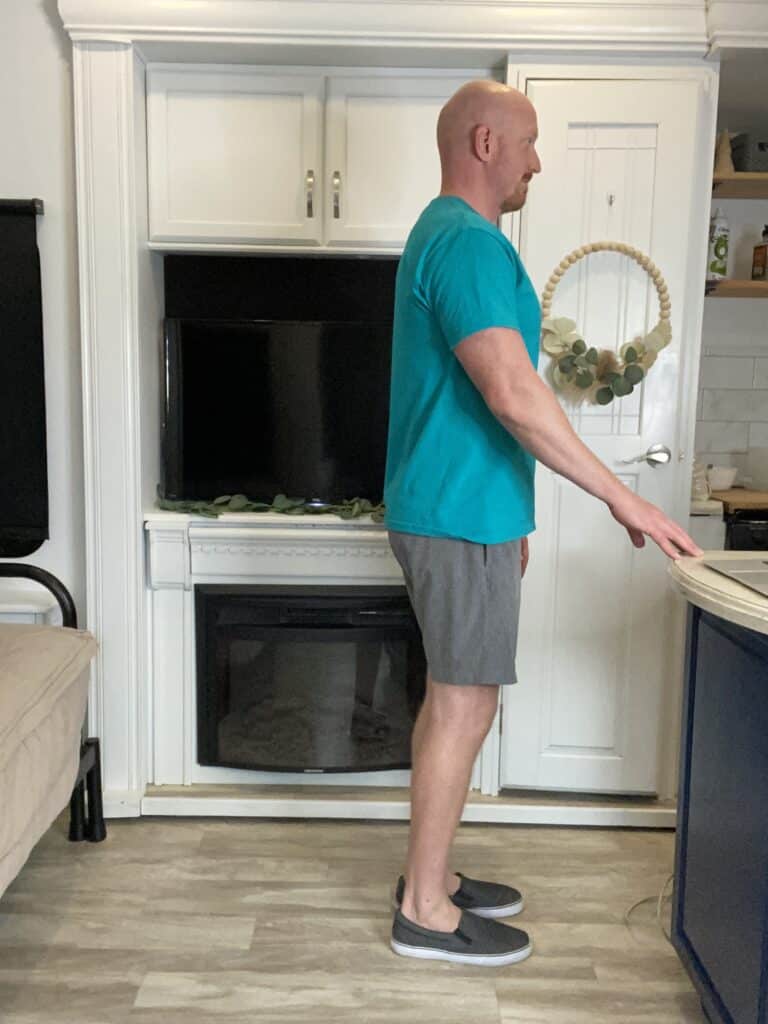
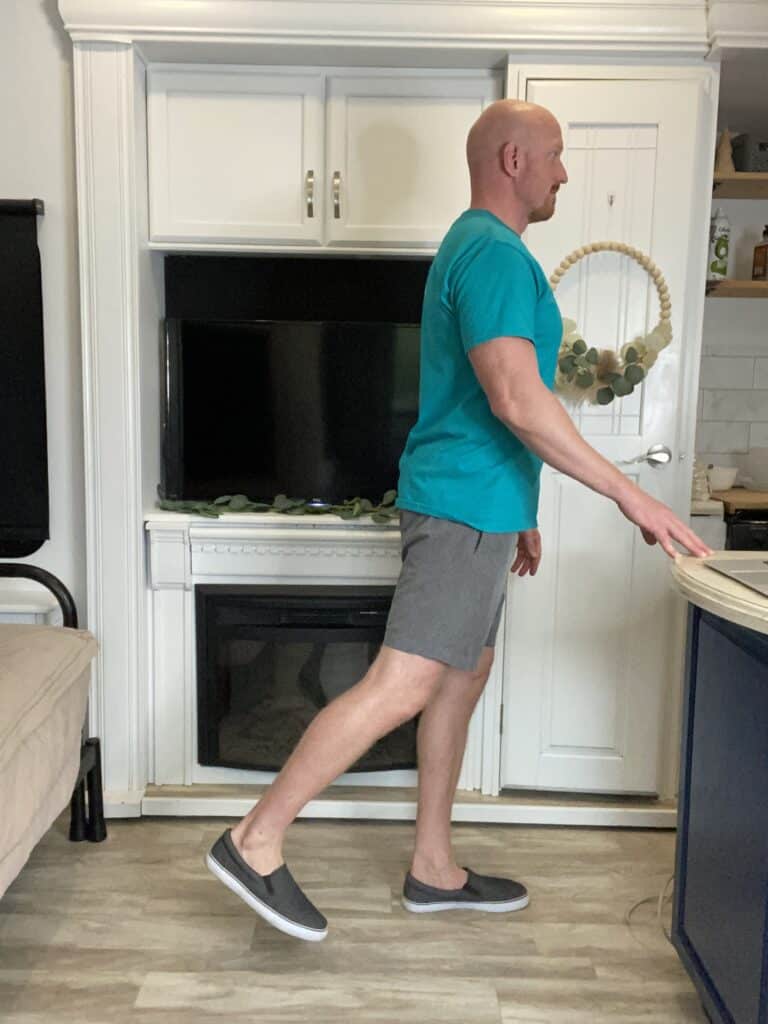
- Stand tall with your hands placed on a steady surface. You can use a counter, sink, or chair (no chairs with wheels) to hold on to for balance.
- Shift your weight onto your left leg, keeping a soft bend in your left knee to keep it from locking out.
- Then, keeping your toes pointed forward and your right leg straight, lift your right leg back a few inches, then lower back down.
- Repeat 10 times per leg for 3 sets.
6. Standing Hamstring Curls
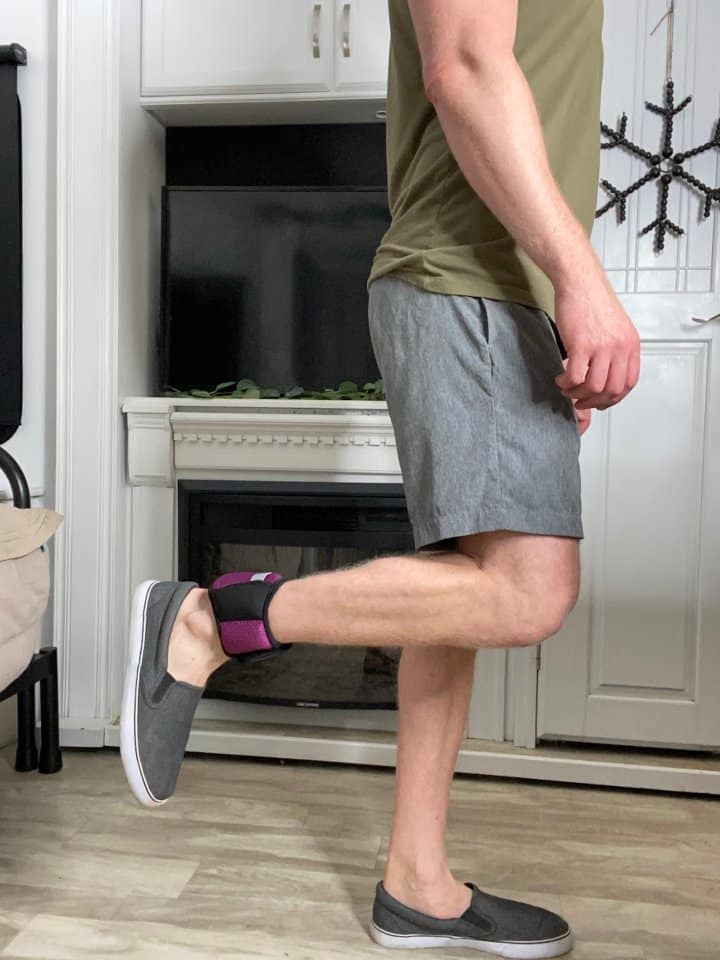
- You can use 2-3 lb ankle weights or tie a resistance band around the ankles.
- Stand in front of a sturdy surface, such as a countertop.
- Bend one knee, allowing the foot to kick up towards the bottom.
- Make sure the thighs remain close together.
- Return to your starting position. Repeat 10 repetitions for 3 sets.
- Practice on both legs.
7. Standing Calf Raises
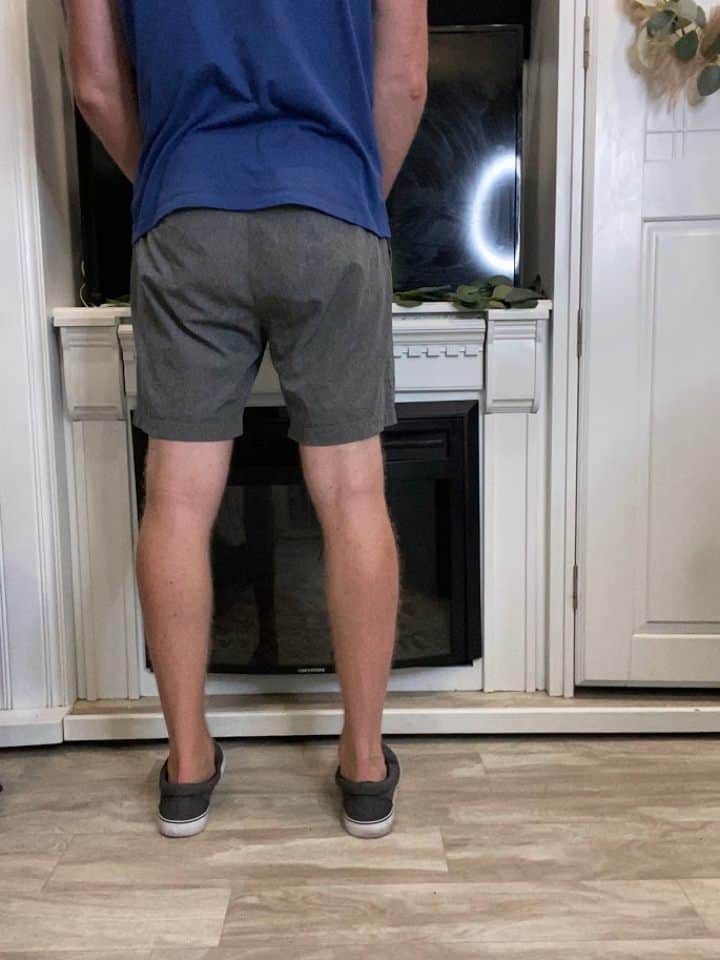
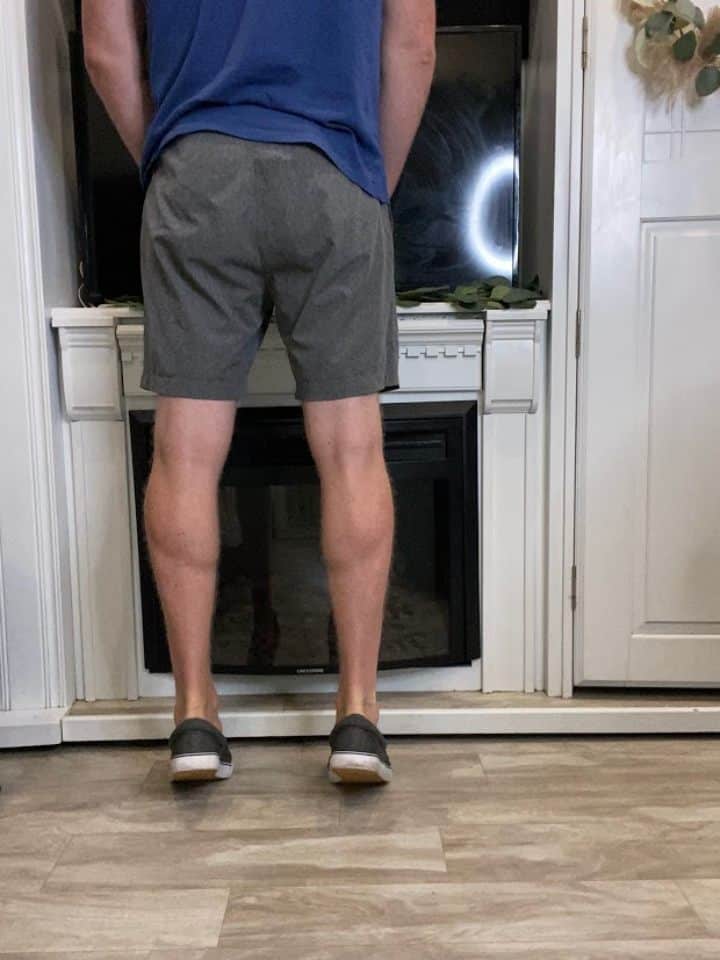
- Stand facing a wall or sturdy surface for balance.
- Place your feet hip-width apart.
- Slowly lift your heels as high as you can and then lower them back down.
- Repeat for 10 repetitions for 3 sets.
These exercises aim to strengthen your leg muscles, providing better support for your knees. However, if the crunching sound in your knee is accompanied by pain or discomfort, it’s best to consult with a healthcare professional before starting any new exercise program.
Conclusion
While it can be alarming or discomforting, the crunching sound in your knee is typically not a cause for immediate concern. It’s one of the many sounds our bodies produce. These noises can often be linked to our natural body functions or movements. The sound itself is usually harmless and may come and go without any particular pattern or reason.
However, listening to what your body is telling you is essential. Maintaining strong and flexible muscles around your knee proactively supports and enhances the joint’s functionality. Regular exercises can go a long way in keeping your knee joint healthy and potentially reduce such noises. Always prioritize your health, and don’t hesitate to consult a professional when in doubt.








